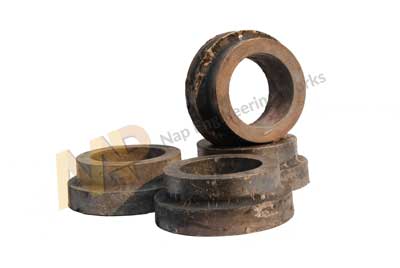A Detailed Overview of Sand Casting and Manufacturing
One of the most versatile methods of metal production is sand casting. The manufacturers value it for properties like cost-effectiveness and the ability to withstand high temperatures. You can consult reliable Sand-Casting Manufacturers for premium services and other potential benefits.
What is Sand Casting?
The process of sand casting produces metal pieces from a mold that is made out of tightly bonded sand. The process is customizable, and the manufacturers make metal components of varied shapes and sizes. The sand mold holds the shape of the metal until it cools down. Also known as sand molding, its application ranges across different industrial use. Moreover, the advancement in technology has further augmented its use worldwide.
The entire process works in the following manner-
- The manufacturer will create a pattern with an intended shape
- Then they pour the sand to form a pattern within the cavity. It joins together to create a mold.
- The molten metal inside the cavity goes through one or more runners and forms into the sand mold.
- The metal solidifies and cools down
- Then, they break the sand mold and take out the finished product

Types of Sand
The common type of sand used for metal casting is silicone-based. There is silica sand and other varieties with a small grainy texture. The manufacturers pack this sand closely for a smooth surface finish without any flaws.
The ideal type of sand which the experts recommend should maintain its structural integrity. Even under mechanical stress, it should stay porous to allow the escape of gas and steam. Ensure there is a balance in the moisture content. If it is low, the sand is likely to break or crack. This will wreck the entire mold by trapping the gas and creating bubbles.
These factors, along with the correct use of sand, determine the shape of the metal. Consider the sand’s refractory strength and resistance to extreme heat. If the mold collapses under external pressure, you can reuse it with conditioning capabilities.
Advantages of the Sand-Casting Method
There are several benefits of using the sand-casting process of metal casting.
- Low tooling cost
Sand is one of the most easily available materials. You can create it into a mold, break it and reuse it. Thus, it comes with a minimal tooling cost compared to the other methods.
- Versatility
The process of sand casting comes with certain limitations. The sand-casting manufacturers decide this according to the pattern they create. You can make these patterns from other materials, but sand allows intricate design. This is why this casting method is suitable for making complex metal parts.
- Short lead times
The lead time needed for the sand-casting process is very less. It is because of the ease in tooling and other factors. At times, you can face a requirement for additional machining depending on the metal finishes.
- Useable for low quantity
The sand-casting process has a low tooling cost and a faster turnaround time. This is why the entire process is convenient for small quantity runs. You can use it for a single small piece, prototyping, or one-off production.
For more information, consult NAP, a leading and high-quality sand casting manufacturer in India. They create customized and complex patterns, be it small or large components.

